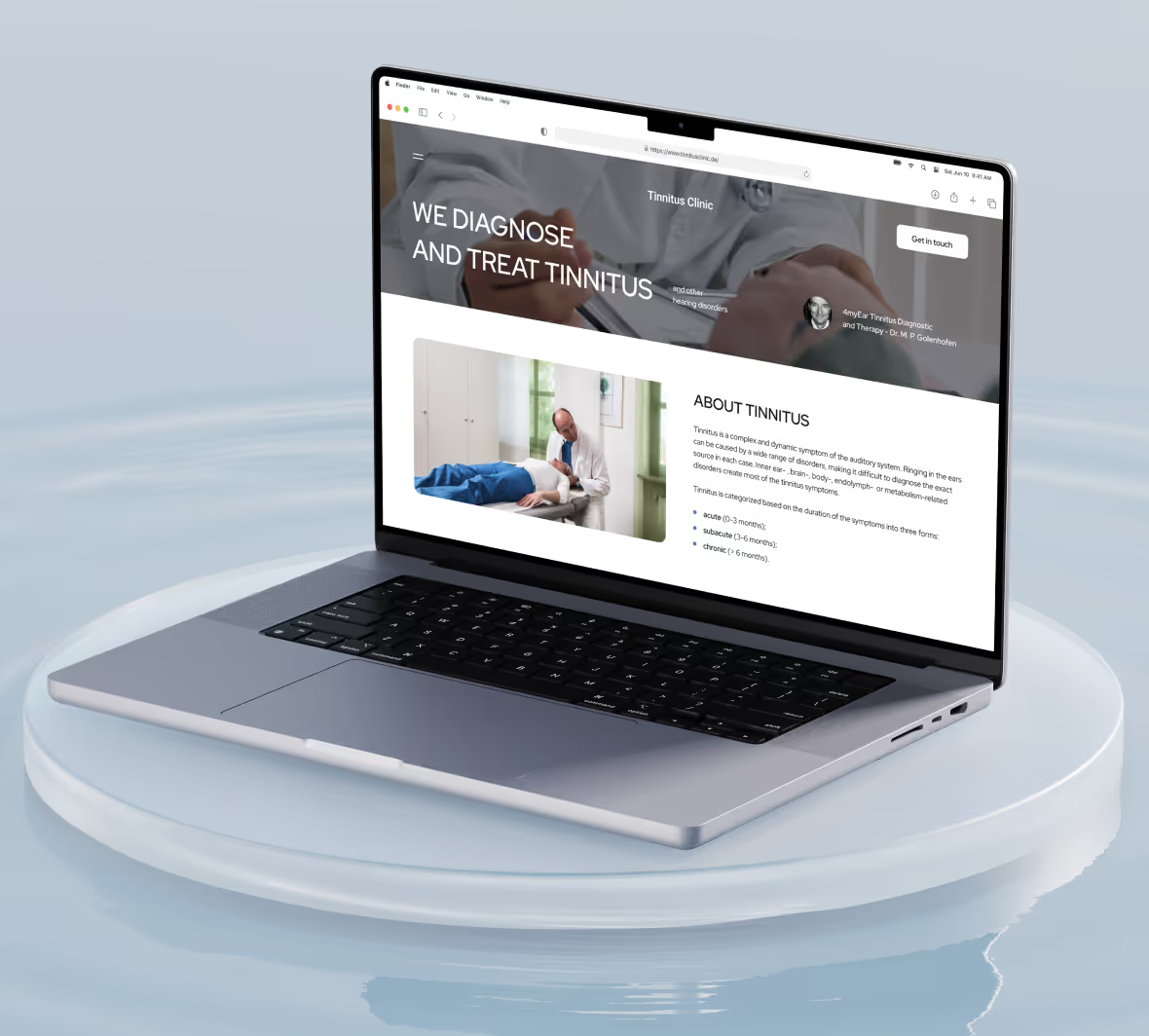
How Much Does It Cost to Develop a Web App? Traditional Code vs. No-Code 🚀
- Traditional Coding Costs
- No-Code Development Costs
- Time Comparison: Traditional vs. No-Code
- Additional Costs to Consider
If you're considering developing a web app, the big question on your mind is likely: How much will it cost? The answer depends largely on whether you choose traditional coding or no-code development. In this article, we’ll break down the cost differences between the two methods, helping you make an informed decision for your startup or business.
Traditional Coding Costs
When using traditional coding methods, the cost of building a web app can vary significantly depending on the app's complexity, the development team, and the time required. Here’s an overview:
- Simple App Development: A basic app like a to-do list will cost between $40,000 and $120,000 using traditional coding
- Medium-Complexity App: Building a moderately complex app (such as an e-commerce platform) could range from $61,000 to $200,000
- Complex App Development: A highly complex app (think social networks or marketplaces) may cost upwards of $300,000 with traditional development methods
These costs typically include:
- Design: UI/UX design work.
- Development: Frontend and backend coding.
- Testing & Deployment: Extensive testing to ensure functionality and bug fixes before going live.
No-Code Development Costs
No-code platforms offer a much more affordable and faster way to build apps. Instead of spending months writing code, no-code tools like Bubble.io allow you to use visual, drag-and-drop interfaces to create fully functional web apps. Here’s how the costs break down:
- Simple Apps: Using no-code, a basic app can be built for as little as $2,000 to $10,000().
- Medium-Complexity Apps: A mid-level app may cost between $5,000 and $15,000().
- Complex Apps: Even for a highly complex app, no-code development could cost only $15,000 or more—still a fraction of the cost of traditional development()().
Time Comparison: Traditional vs. No-Code
The time to build an app is another key difference. Here’s a rough timeline comparison:

As you can see, no-code tools can cut development time in half or more, allowing you to launch your product faster and start generating feedback and revenue.
Additional Costs to Consider
While no-code development is generally cheaper, it’s important to keep in mind a few potential extra costs
- Hosting: Most no-code platforms offer hosting, but scaling your app may increase these costs.
- Plugins: Some advanced functionality may require third-party integrations, which can add to the overall cost.
- Maintenance: No-code apps need ongoing updates and maintenance, just like traditionally coded apps.
Conclusion: Which One is Right for You?
Choosing between traditional coding and no-code depends on your budget, timeline, and project complexity. For startups or small businesses looking to launch quickly and cost-effectively, no-code is an excellent option. It allows you to test your ideas with minimal upfront investment, and platforms like Bubble.io offer impressive functionality even for complex apps.
If you’re working on a more advanced project that requires deep customization or scalability, traditional coding might be the better route. However, for many startups, no-code development is the future of app building—offering faster turnaround times, lower costs, and flexibility.
Ready to start building your web app with no-code? Get in touch with us at Minimum Code, and let's bring your idea to life! 🌟

Ready to build your product?







